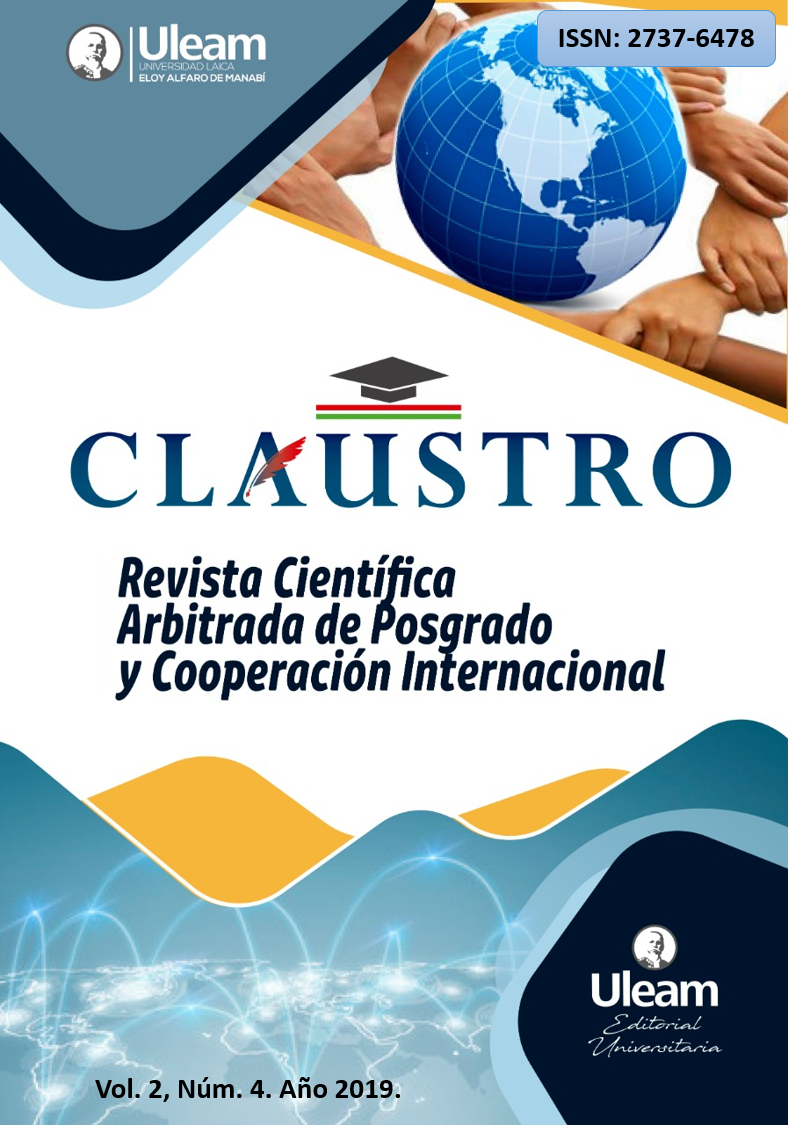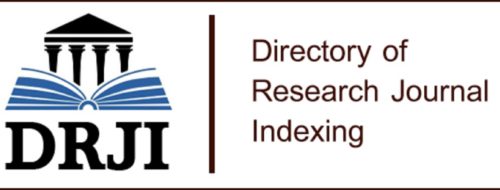Effect of a natural coagulant for the removal of the turbidity of the wastewater of the canton Chone, third quarter of the year 2018
Investigation article
Keywords:
Coagulation, turbidity, coagulant, tamarindus indicaAbstract
The purpose of this research is to evaluate the efficiency of removal of turbidity in wastewater using a natural coagulant made from tamarindus seed that can substitute the use of traditional coagulants such as iron and aluminum salts in coagulation processes. flocculation and in this way promote an efficient, economic, highly friendly alternative to the environment and the health of people. The samples to carry out the present study were obtained from the point of entry of wastewater to the oxidation lagoon, from the 4 pumping stations that the city currently has: the gardens of the Inca station, Santa Marta station, El Vergel station, amazon season during the third quarter of 2018. Initially the factors temperature, salinity and dose of tamarind seed flour were analyzed to prepare the optimal coagulant and determine the best treatment of the residual waters of the oxidation lagoon by means of test analysis of pitcher and turbidity in the laboratory of the Chemical Engineering Career of the Technical University of Manabí and the final analyzes were carried out in the laboratory of aguas de la Fabril S.A. As a result of the study, it was found that after the application of the natural coagulant turbidity was reduced to 77%, values of chemical oxygen demand (COD), biochemical oxygen demand (BDO), suspended solids (SS), iron and silica are achieved in addition to turbidity.
Keywords: Coagulation, turbidity, coagulant, tamarindus indica.
Downloads
References
Arias, F. G. (2012). El Proyecto de Investigación: Introducción a la metodología científica. 6ta Edición. Caracas: EPISTEME, C.A.
Cabildo Miranda, M. del P. (2008). Reciclado y tratamiento de residuos
Cedeño, L. R. (2010). Investigación Científica y Diseño de Tesis. Segunda Edición. Manta - Ecuador: Editorial Mar Abierto.
López del Pino, S. J., & Martín Calderón, S. (2015). UF1666 - Depuración de aguas residuales - Sergio Jesús López del Pino, Sonia Martín Calderón - Google Libros. Recuperado de: https://books.google.com.ec/books?id=9cJWDwAAQBAJ&printsec=frontco ver&hl=es&source=gbs_ge_summary_r&cad=0#v=onepage&q&f=false
Orozco Barrenetxea, C. (2003). Contaminación ambiental: una visión desde la química. Thomson.
Ronzano, Eduardo; Dapena, J. L. (2002). Tratamiento Biológico de las Aguas Residuales. España: Pridesa. Obtenido de: https://ebookcentral.proquest.com/lib/uleamecsp/reader.action?docID=31751 40&ppg=1&query=tratamiento de aguas residuales#
Salgado, M. A. (2018). Evaluación de las semillas de tamarindo (tamarindus indica) en la remoción de turbidez de aguas superficiales.





4.jpg)









